Cheaper and better lithium-ion batteries
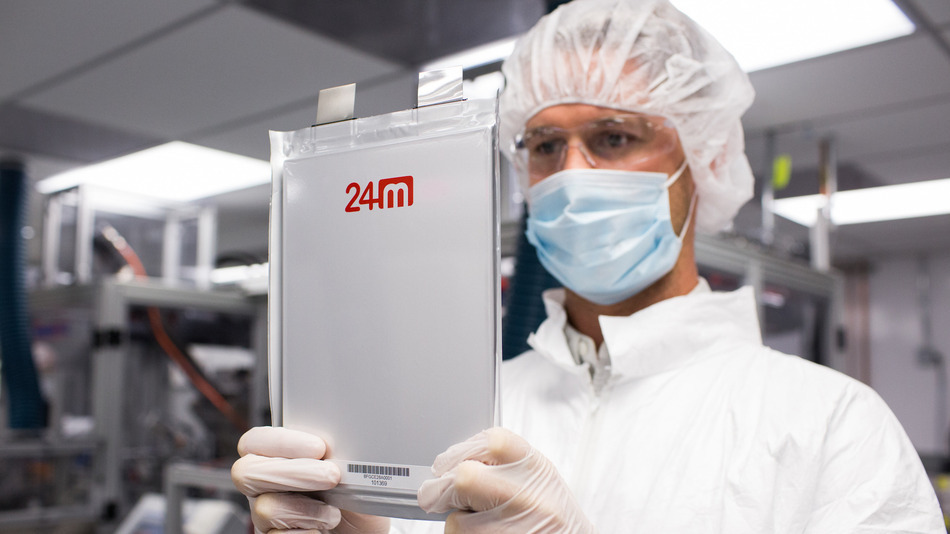
A Cambridge, Massachusetts-based startup claims to be able to cut manufacturing costs while increasing the performance of lithium-ion batteries by 50%. Quite a claim. Cheaper yet better? I can’t see anyone saying no to that.
Battery startup 24M has developed what it calls a “semisolid” lithium-ion battery. Led by material science and engineering science professor Dr. Yet-Ming Chiang of MIT, they promise to reduce manufacturing costs by cutting down on the amount of “non-charge carrying” materials — e.g. supporting plastic and metals — used in a conventional lithium-ion battery by 80%, which is what allows them to achieve the claim of cutting manufacturing costs by half. The reduction in non-charge carrying materials also result in a battery that has a higher capacity compared to conventional Li-ion batteries of the same size.
24M’s redesign makes the design of lithium-ion batteries more efficient; it doesn’t use any materials which aren’t already in the cells. A regular lithium-ion battery might only have electrons measuring 60 microns thick, compared to 24Ms 400 microns in the same sized cell.
24M’s design also facilitated a change in the manufacturing process, which the company said will allow its batteries to be produced in much smaller factories than lithium-ion competitors, at a much faster rate. 24M claims its process would take a fifth the amount of time as the typical way. Its batteries don’t use liquid solvents which require drying, whereas conventional lithium-ion batteries need to be continually dried and re-dried. For this reason, traditional lithium-ion battery manufacturing requires a huge factory and a massive investment, whereas 24Ms batteries can be produced in much smaller factories.
The company is hoping to roll out a battery designed for energy grid usage in mid-2017, with low-volume testing starting next year. This isn’t a product like Tesla’s Powerwall, which is designed to harness grid and solar energy for use in homes and in larger buildings. Rather retaining energy is for the cell itself. As a company representative put it in an email, it’s the sort of thing that theoretically could be used in a Powerwall.
In the next three to four years, 24M will launch a battery cell designed for use in electric vehicles, which require a different charge cycle and thus, a slightly different design.
SOURCE: Mashable
Pokdepinion: If you didn’t read all the way to the bottom, here is a TL;DR for you. The technology isn’t design for mobile devices just yet, so don’t expect cheaper and better batteries in your smartphone any time soon. However, we are sure given the size of the smartphone market, they would be compelled to try to innovate our puny battery packs and give our phones a longer life away from the charger.
















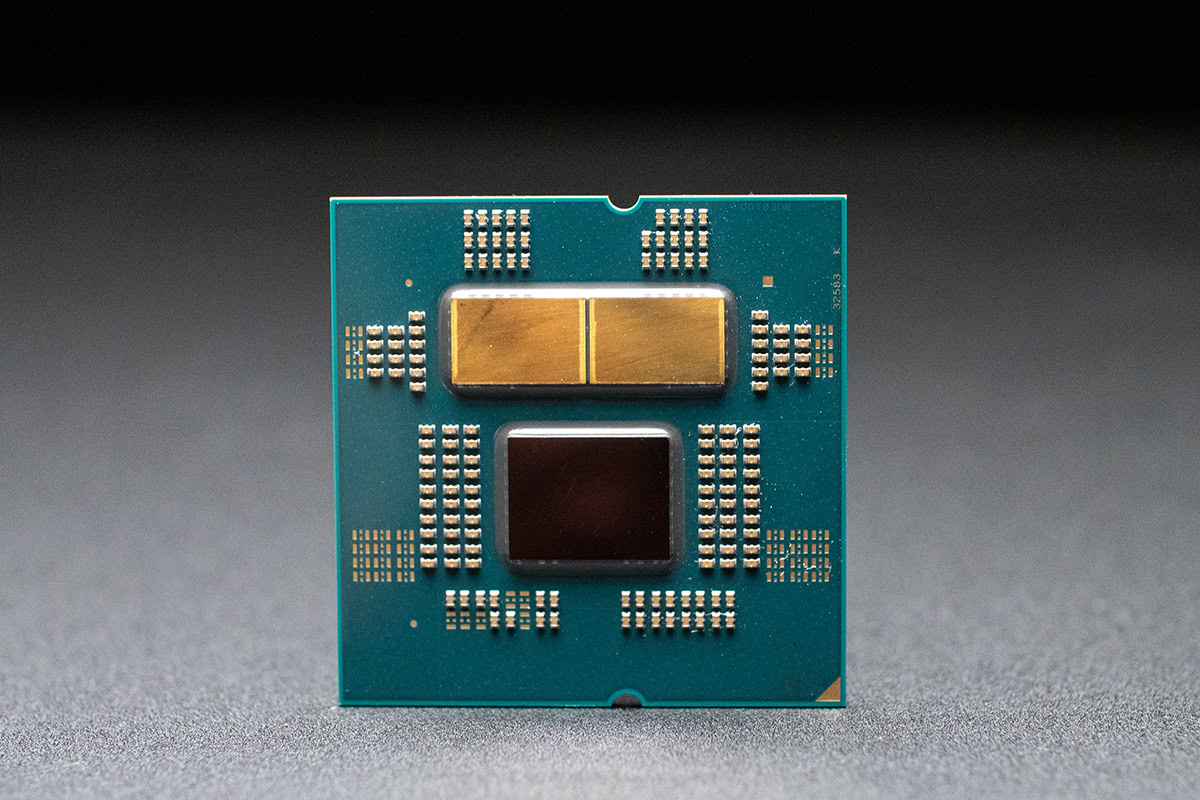
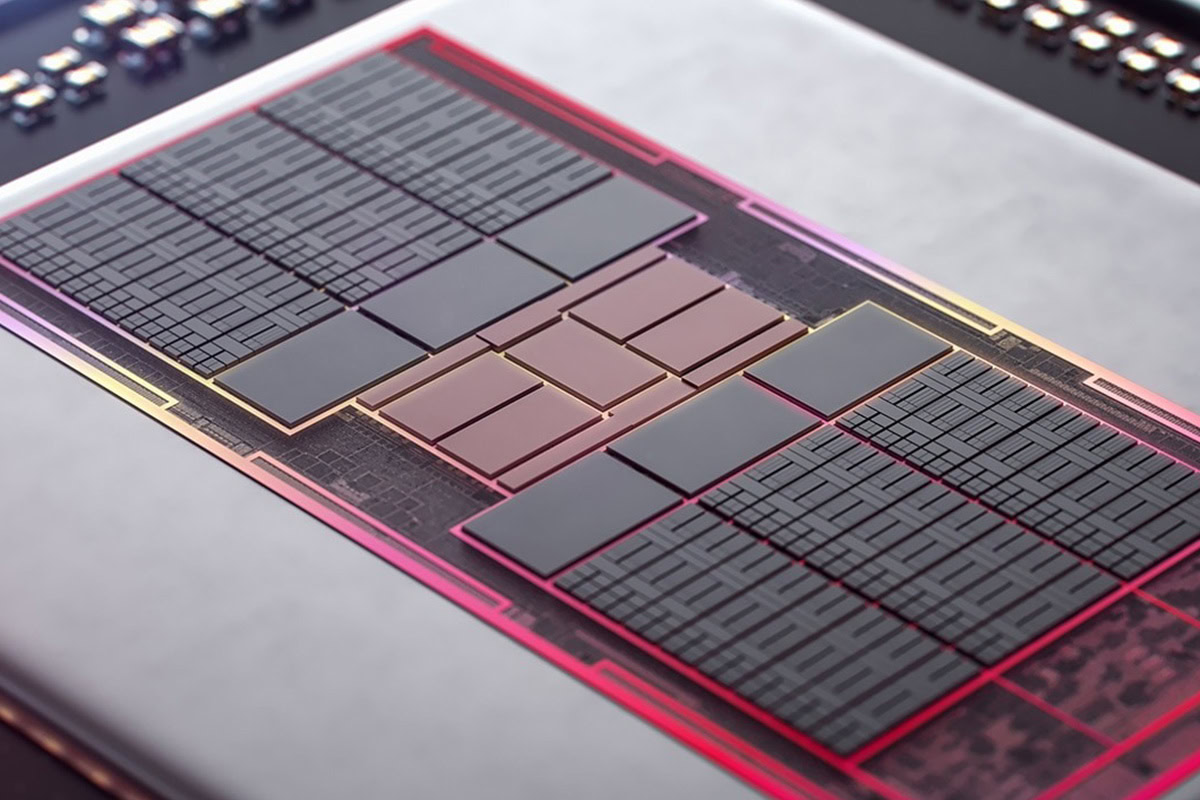
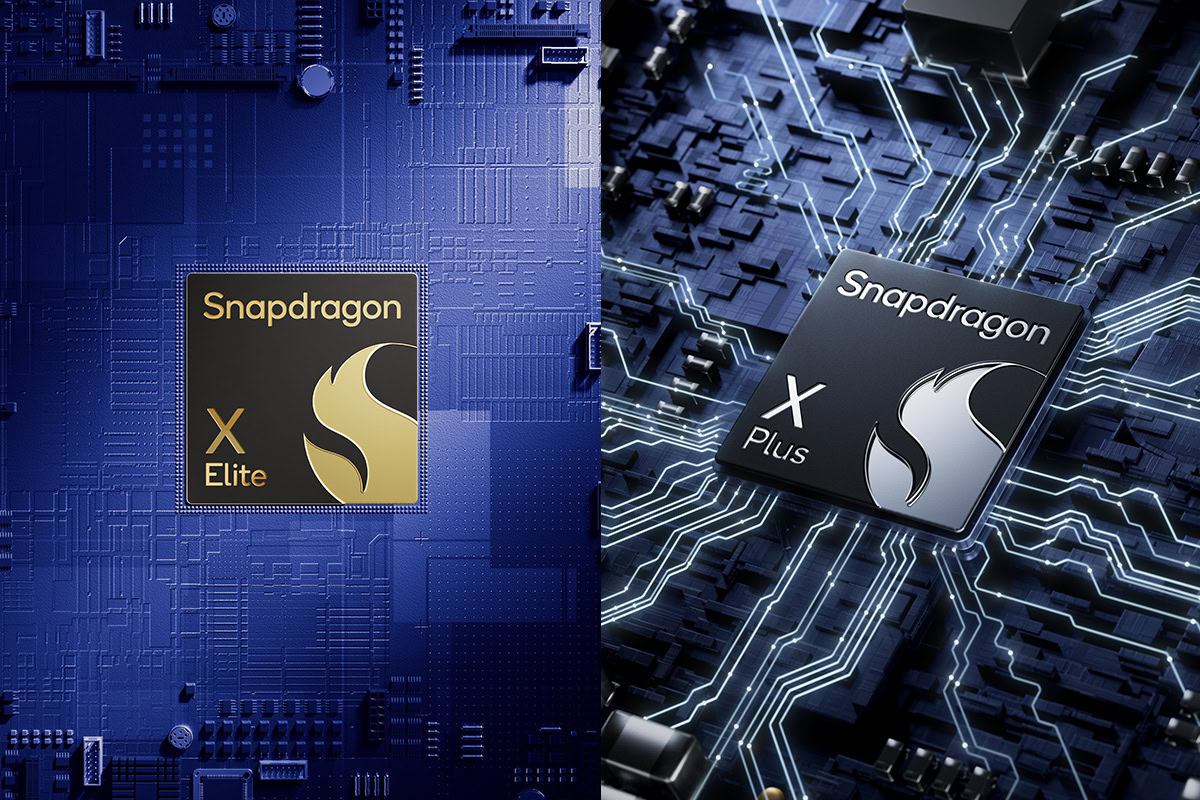

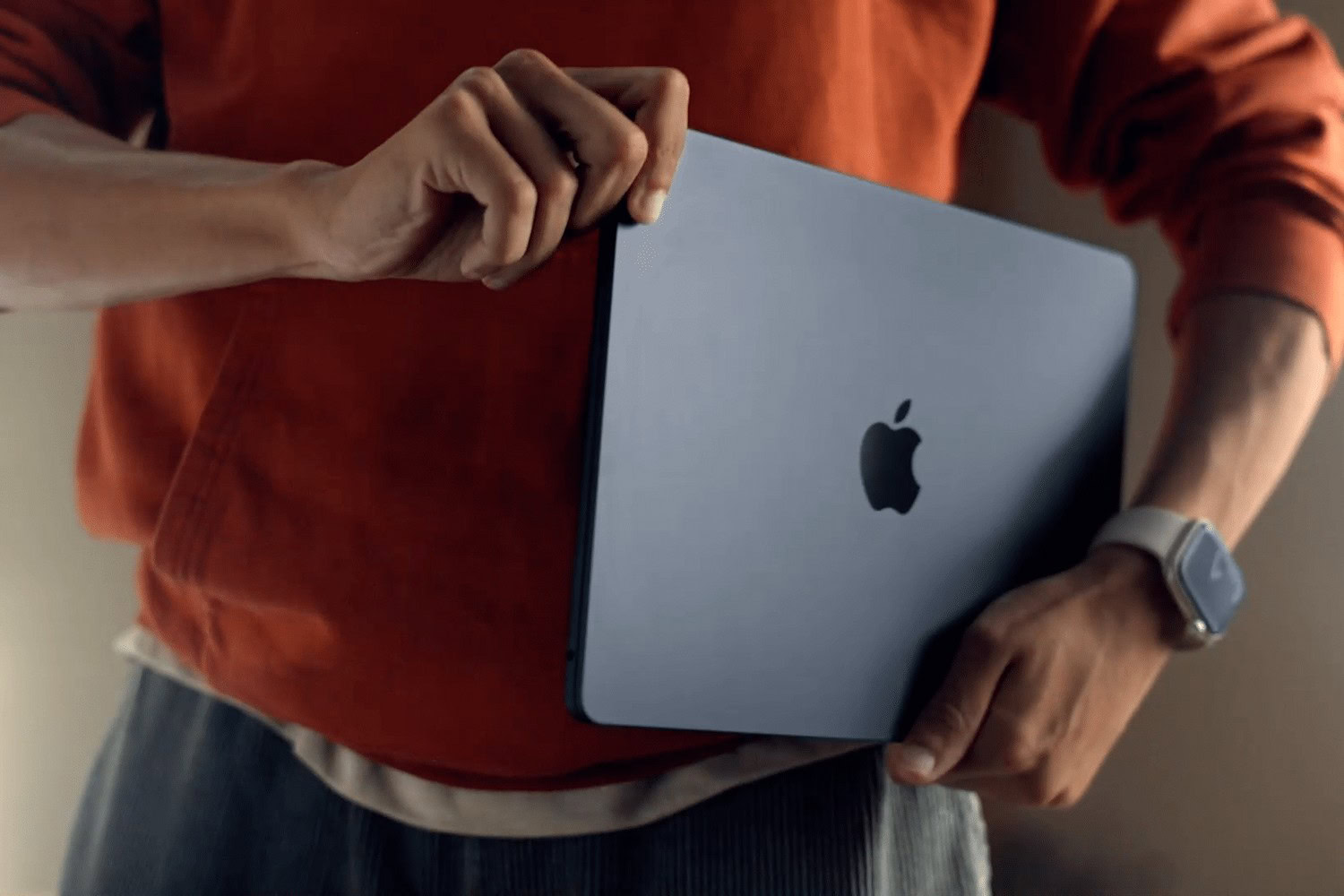
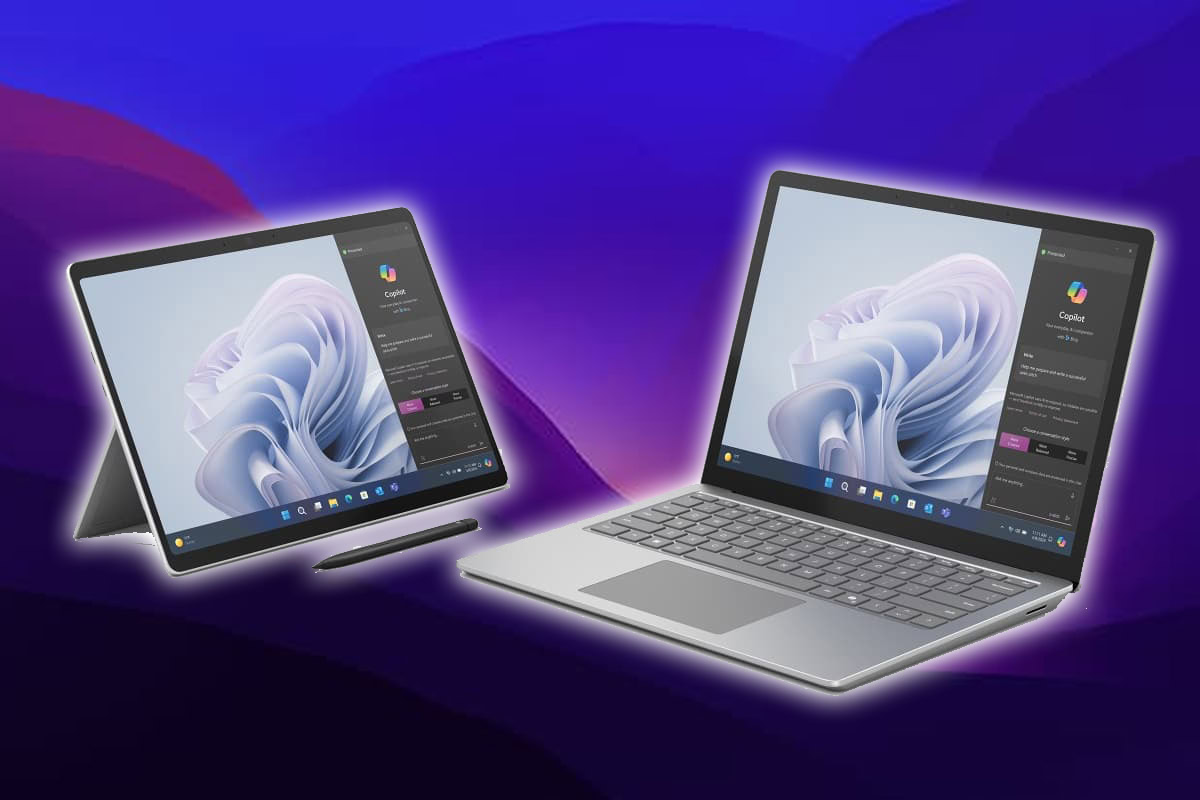

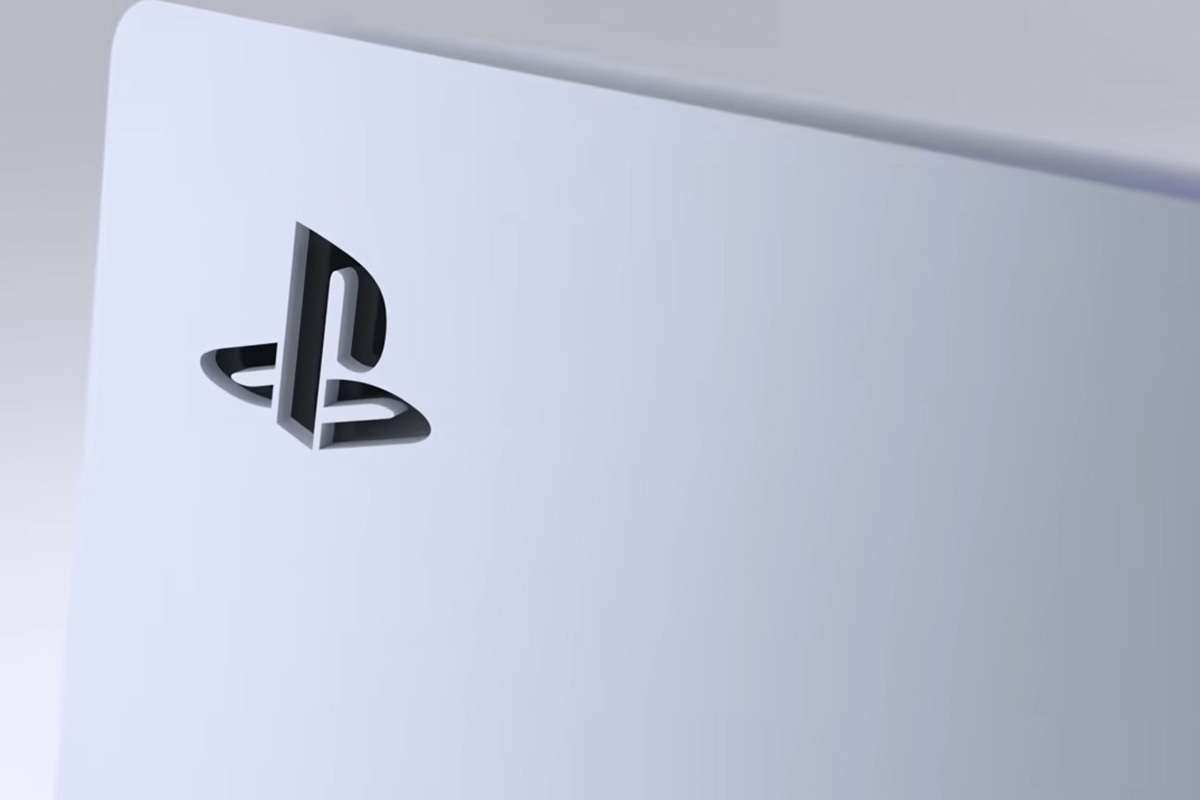

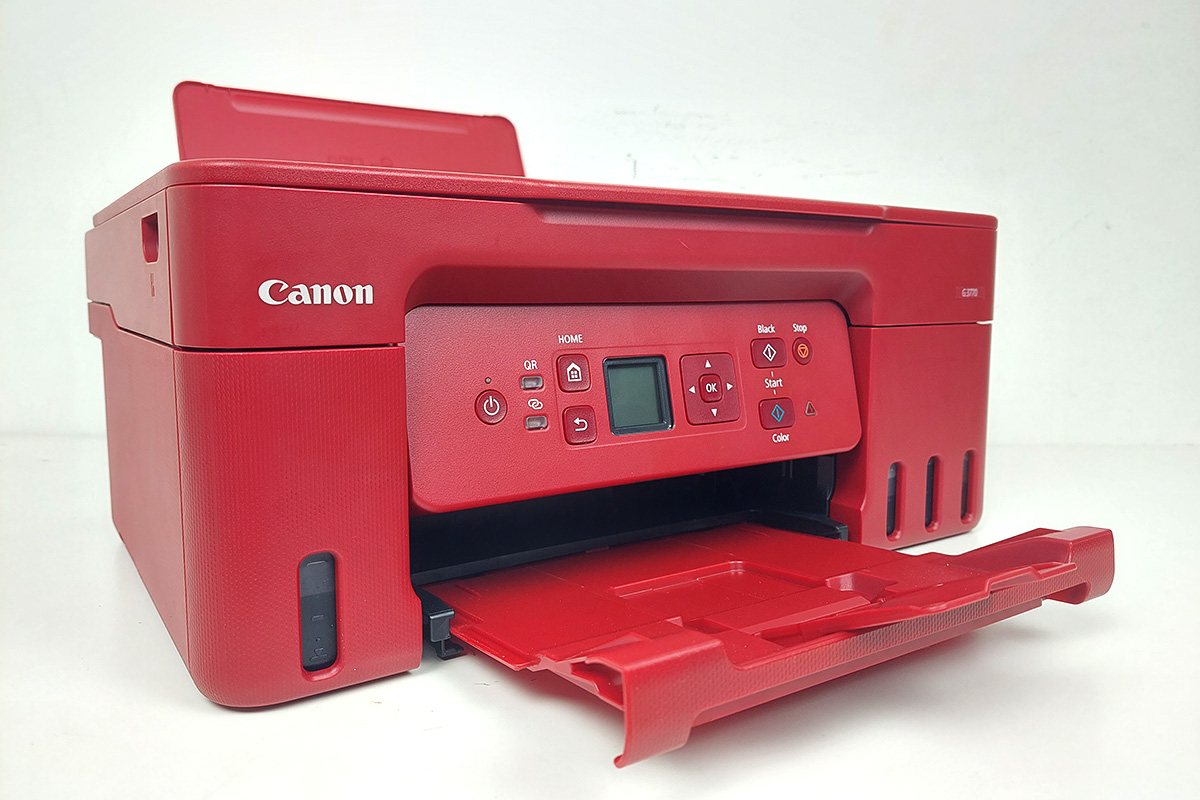



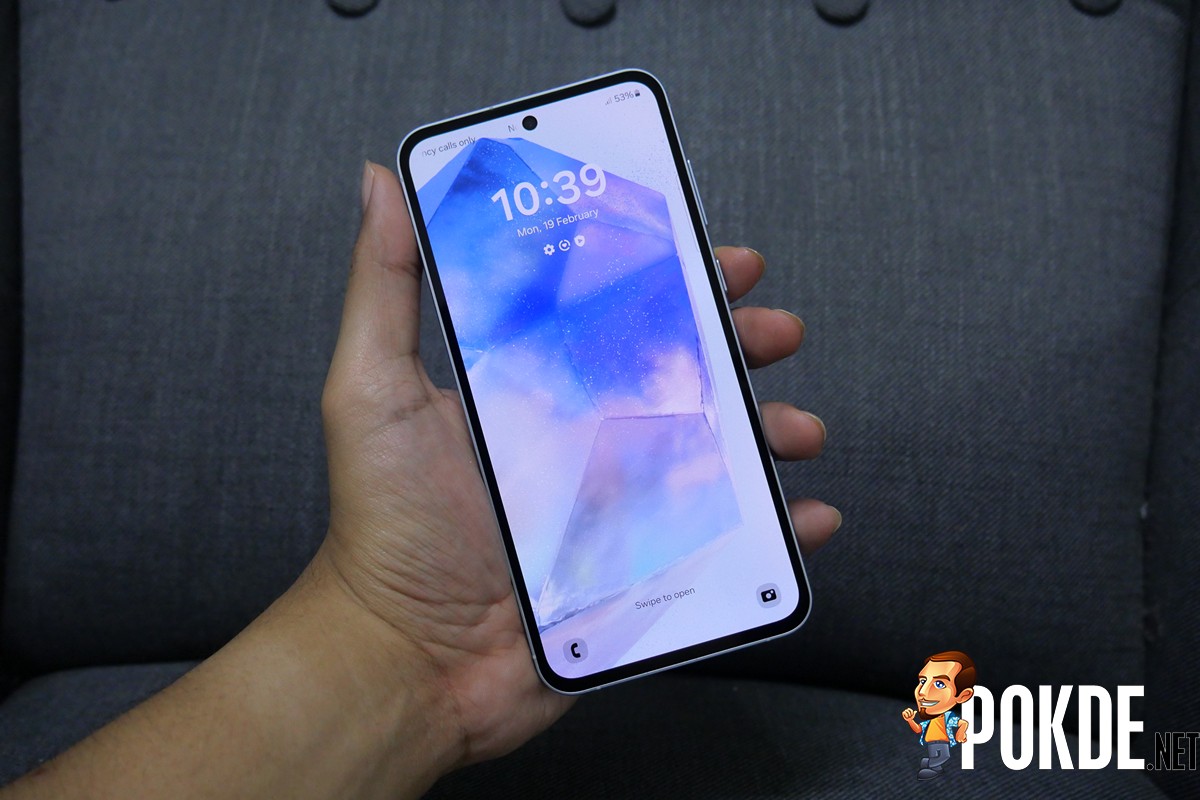













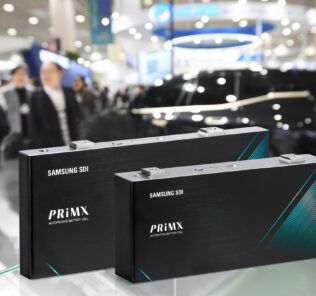
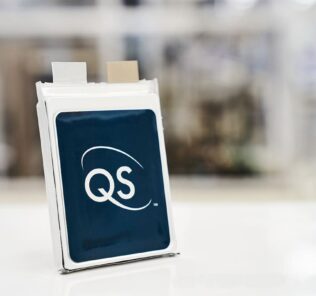
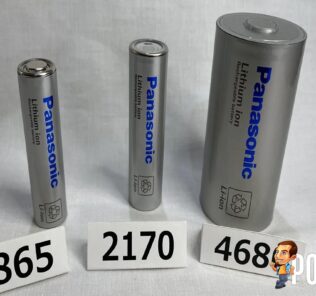
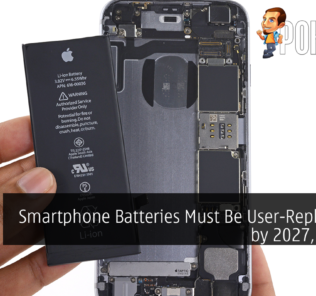
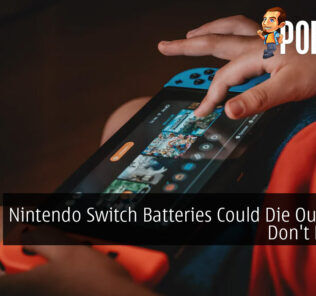






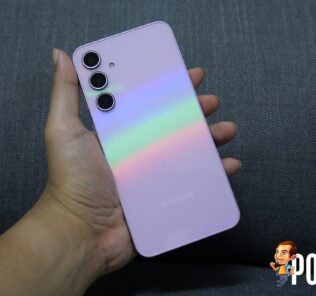
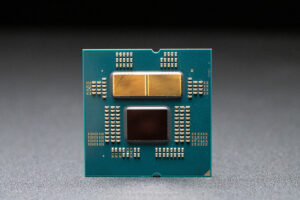

Leave a Response